[ad_1]
[ad_2]
Source link
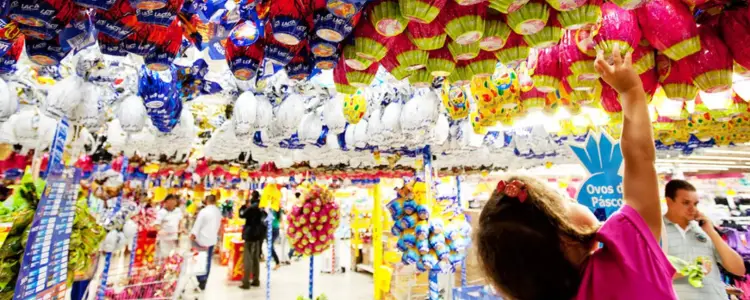
[ad_1]
Brazilian Easter isn’t just a religious celebration; it’s a significant retail event, especially for the chocolate industry. One of the most distinctive sights during this season is the colorful display of chocolate Easter eggs hanging from supermarket ceilings. This tradition, deeply rooted in Brazilian culture, serves as a powerful marketing strategy that enhances consumer engagement and drives substantial economic activity.
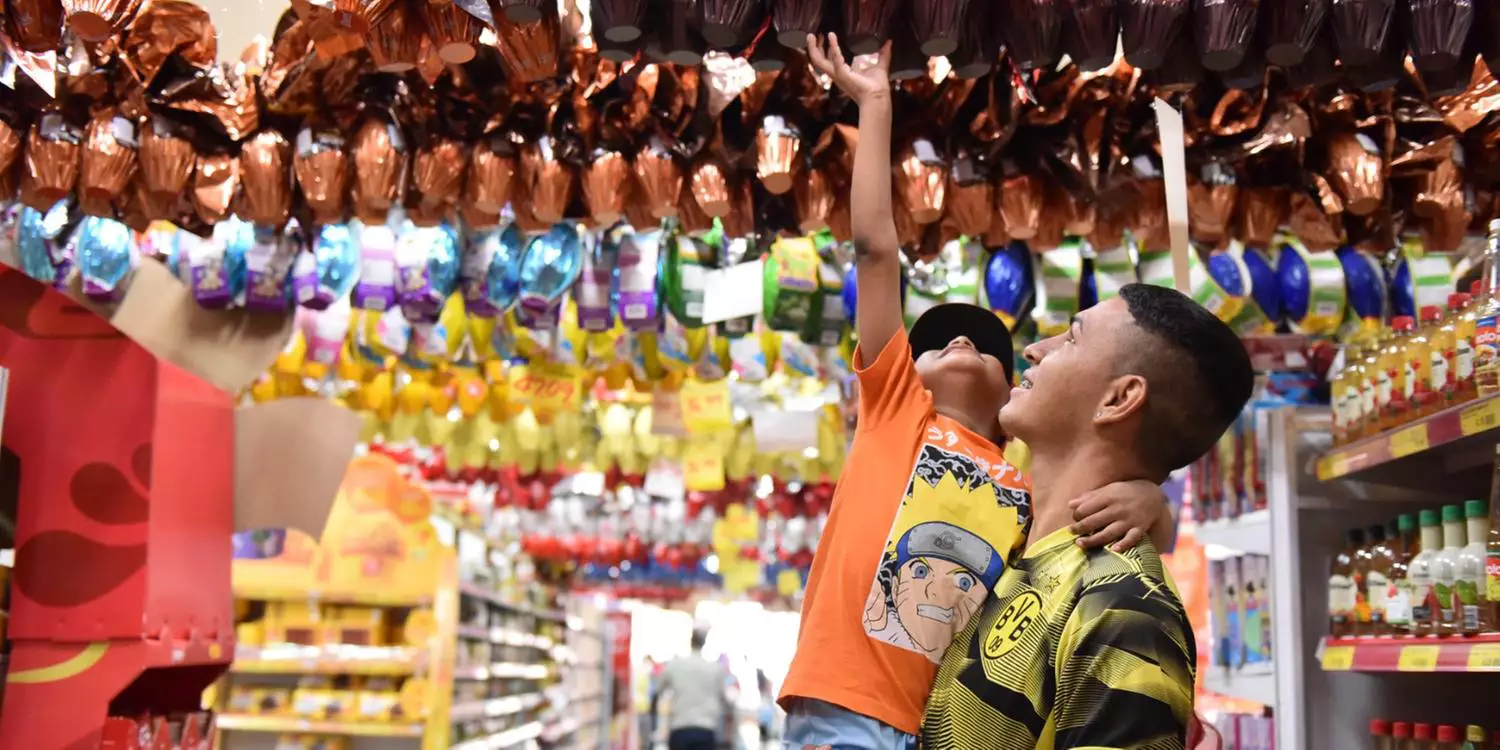
Brazilian Easter is a vibrant cultural event overflowing with traditions that showcase the country’s creativity, diversity, and love for family and food. While some aspects of Easter are familiar worldwide, Brazil has cultivated unique ways of celebrating.
In Brazil, one of the most iconic sights during Easter is the colorful display of chocolate eggs hanging
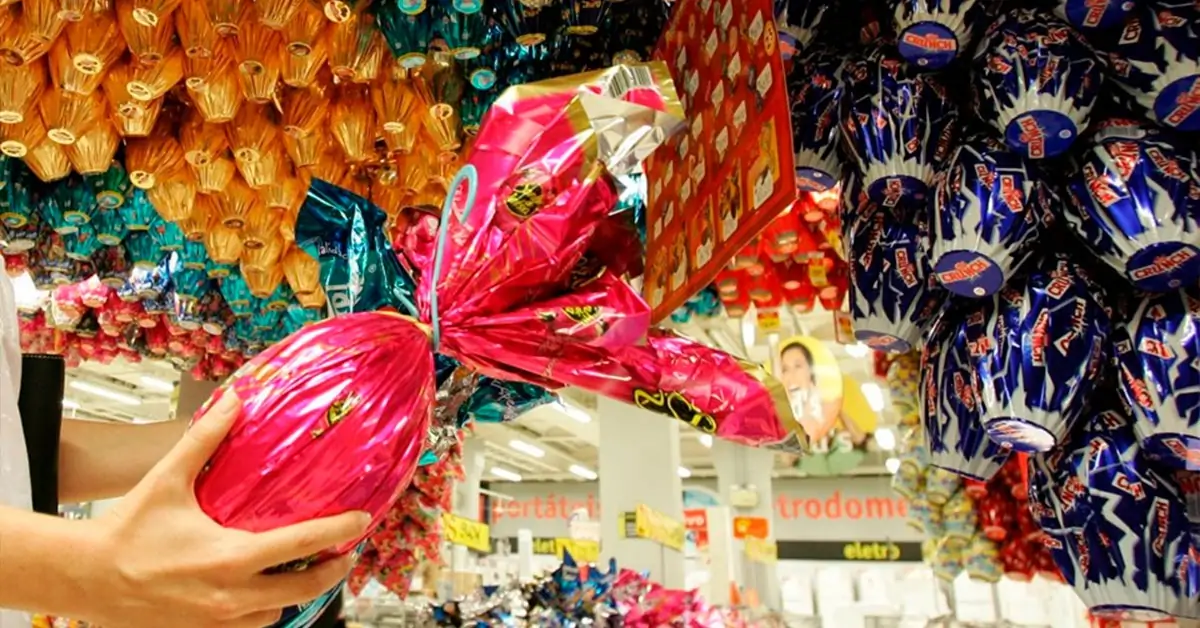
from supermarket ceilings. These decorations can be seen as early as February, transforming grocery aisles into festive tunnels filled with chocolate. This phenomenon isn’t just a marketing tactic; it has become a seasonal tradition that Brazilians eagerly anticipate each year.
Brazil is one of the largest consumers of chocolate in Latin America, and this seasonal spike highlights how deeply rooted the tradition of giving and receiving chocolate eggs is in Brazilian culture. From giant supermarkets to small corner shops, Easter eggs of all shapes and sizes dominate the shelves for weeks.
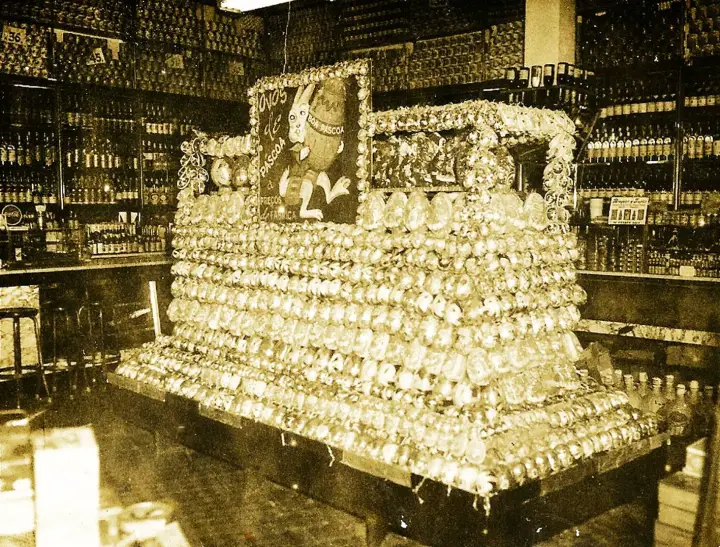
The practice of hanging Easter eggs from supermarket ceilings in Brazil began in the 1980s as a creative solution to optimize retail space and boost sales during the Easter season. This innovative idea was the result of a partnership between the chocolate manufacturer Lacta and the retail chain Lojas Americanas.
At the time, Magim Rodriguez, then president of Lacta, was looking for ways to expand product visibility in stores that had limited shelf space. During a visit to one of the Lojas Americanas locations, he noticed the vertical space available between the first and second floors and proposed the installation of hanging structures to suspend the chocolate eggs.
This strategy not only improved space utilization but also created a striking visual impact that immediately caught consumers’ attention. The result was a significant increase in Easter egg sales, cementing the practice as a retail tradition in Brazil.
Beyond logistics, this display method also protects delicate chocolate eggs from damage and helps create a festive, immersive shopping experience that encourages impulse buying, especially among children.
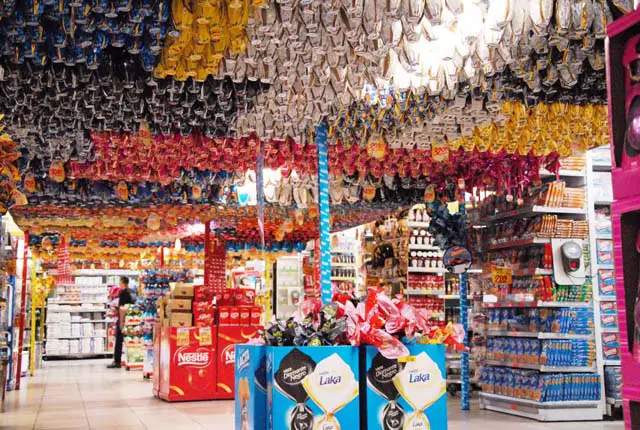
This visual merchandising tactic does more than just display products; it taps into consumers’ emotions. The overhead arrangement of colorful eggs evokes nostalgia and excitement, encouraging impulse purchases.
Retailers strategically place eggs of various sizes, brands, and price points to cater to a wide range of consumers, from budget-conscious shoppers to those seeking premium offerings. Moreover, the use of popular licensed characters and limited-edition designs adds an element of collectability, further driving consumer interest and sales.
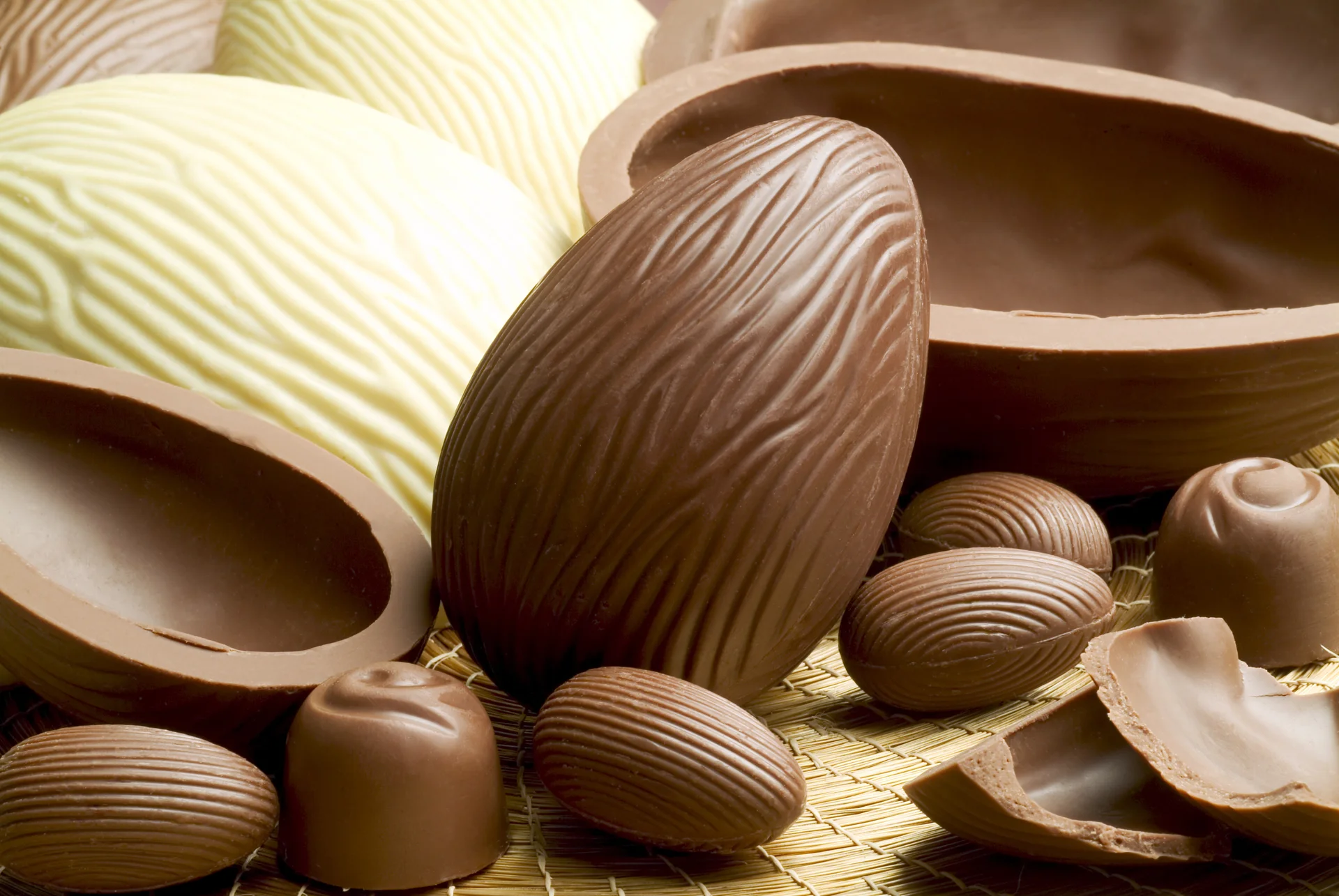
According to the Brazilian Association of the Chocolate, Peanut, and Candy Industry (ABICAB), the chocolate sector generated around R$ 3 billion during the 2024 Easter season alone. Over 10,000 tons of chocolate Easter eggs were produced, filling supermarket aisles across the country with colorful, hanging displays that have become a classic Brazilian Easter tradition.
Despite challenges such as rising cocoa prices and economic fluctuations, major retailers like Carrefour and GPA projected growth in chocolate sales, with expectations of up to 40% revenue increases during the Easter period. This resilience underscores the effectiveness of the hanging egg display strategy in stimulating consumer spending.

The Brazilian tradition of hanging Easter eggs from supermarket ceilings exemplifies how cultural practices can be leveraged as effective marketing tools. By creating visually appealing and emotionally resonant shopping environments, retailers not only honor cultural traditions but also drive significant economic activity. As this practice continues to evolve, it remains a testament to the powerful intersection of culture, marketing, and commerce in Brazil’s retail landscape.
Caminhos Language Centre is the largest and most exciting Portuguese school in Rio de Janeiro, Brazil. We have an excellent infrastructure, over 15 experienced Brazilian teachers, and a friendly multilingual support staff. We are the only school in Brazil able to offer Portuguese group courses throughout the year on 10 different levels. Moreover, our school also offers more than just Portuguese lessons for foreigners, we offer you the complete Rio de Janeiro experience. Every day we organize 100% free and fun activities for you to socialize and practice your Portuguese. We can also help you with a student visa for Brazil and accommodation in Rio de Janeiro. Follow us on Instagram for some Portuguese tips and news.
[ad_2]
Source link